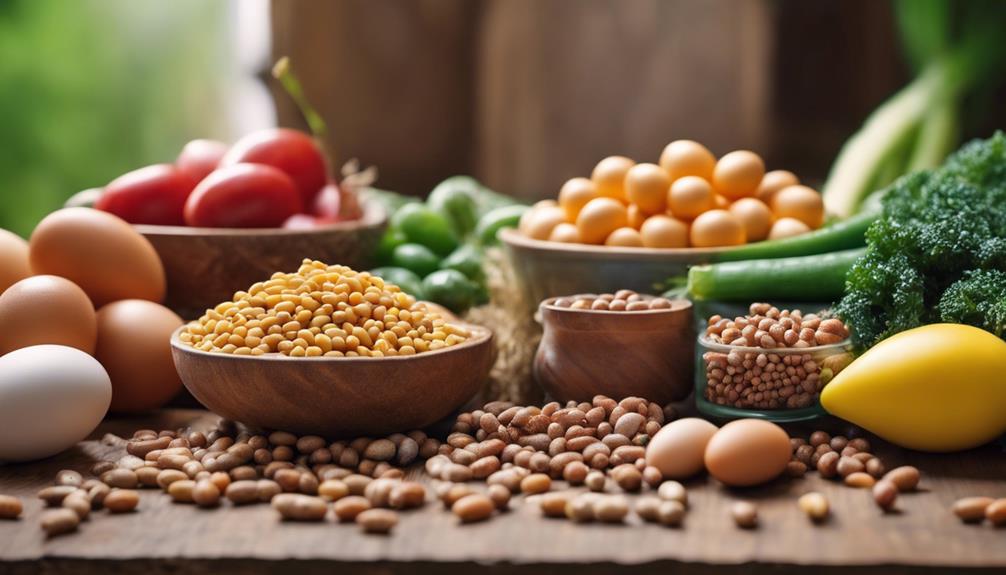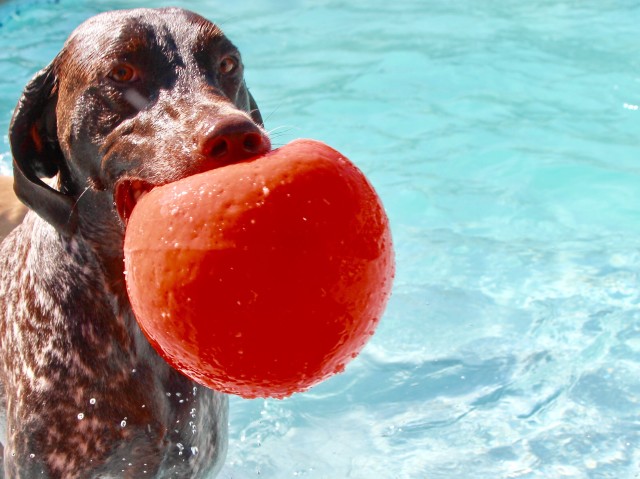Feeding Your Dog a Healthy Diet
Feeding Your Dog a Healthy Diet. A balanced diet is one of the most important things you can do for your dog’s health, longevity, and happiness. But with so many options—commercial kibble, raw feeding, homemade meals—it’s easy to feel overwhelmed. This comprehensive guide will help you navigate every aspect of canine nutrition with ease.
Understanding Your Dog’s Nutritional Needs
- Proteins support muscle growth, immune function, and tissue repair.
- Fats provide energy, help absorb vitamins, and maintain skin and coat health.
- Carbohydrates supply energy and fiber for digestive health.
- Vitamins & Minerals regulate metabolism, support bone density, nerve function, and more.
Life Stage Requirements
- Puppies: Higher protein and calorie demands for growth.
- Adults: Balanced nutrition to maintain ideal body condition.
- Seniors: Fewer calories, more fiber, joint supplements.
Breed, Size & Activity Level
Choosing the Right Type of Dog Food
1. Commercial Kibble & Canned Food
How To Raise Healthy and Happy Dogs?
Look for high-quality brands that list a named protein (e.g., “chicken,” “beef”) as the first ingredient. Check for an AAFCO statement ensuring complete and balanced nutrition for your dog’s life stage.
2. Raw & BARF Diets
Raw feeding includes raw meat, bones, and organs. Advocates highlight dental and digestive benefits, while critics warn of bacterial risk and nutrient imbalance. If choosing this path, work closely with a veterinary nutritionist.
3. Homemade Cooked Meals
Cooking for your pup gives you control over ingredients and quality. However, it requires precision: missing key nutrients like calcium or essential fatty acids can lead to deficiencies.
Planning a Balanced Meal
- A good protein source (chicken, turkey, beef, lamb, fish, eggs, legumes, cottage cheese)
- Healthy fats (fish oil, flaxseed oil, avocados, olive oil)
- Complex carbohydrates or fiber (brown rice, sweet potatoes, oats, pumpkin, peas)
- Essential vitamins and minerals (fresh veggies, fruits, or supplements)
Consult your vet before adding supplements to homemade meals.
Daily Portion Guidelines
- Calculate Resting Energy Requirement (RER): 70 × (body weight in kg)^0.75
- Adjust based on life stage: multiply by 2–3 for puppies, 1.2–1.5 for adults, 1.0–1.4 for seniors.
Always track your dog’s weight and adjust portion sizes as needed.
Safe & Unsafe Foods for Dogs
Safe Human Foods
- Chicken, turkey, lean beef (cooked, no seasoning)
- Carrots, green beans, pumpkin, sweet potatoes
- Plain yogurt, cottage cheese (lactose-tolerant dogs only)
- Blueberries, apples (core and seeds removed)

Foods to Avoid
- Chocolate, grapes, raisins, onions, garlic, chives
- Macadamia nuts, raw dough, caffeinated items, artificial sweeteners (xylitol)
- High-fat scraps or excessive dairy can cause pancreatitis
Meal Prep Tips & Tricks
- Batch cooking: Prepare protein, grains, veggies once a week and portion out servings.
- Mix kibble and wet food: Combines convenience and palatability.
- Freeze in portions: Freeze single-serve bags and thaw as needed.
- Diverse proteins: Rotate chicken, beef, fish to prevent allergies.
Transitioning Diets Safely
Signs of a Healthy vs Unhealthy Diet
- Healthy indicators: Shiny coat, clear eyes, firm stool, stable weight, good energy.
- Warning signs: Itchy skin, hair loss, diarrhea, vomiting, sudden weight changes, excessive thirst.
If symptoms persist, consult your veterinarian for allergy testing or dietary adjustments.
Special Considerations
Allergies & Food Sensitivities
Common triggers include beef, dairy, wheat, and corn. Elimination diets help identify the issue.
Weight Management
Obesity puts dogs at risk for health issues. Tailor portions and add low-impact activities like walking or swimming.
Senior Dog Nutrition
Choose senior or low-calorie formulas with glucosamine, omega‑3s, and high fiber for joint and digestive health.

Trusted Resources & Further Reading
Final Thoughts
SEO Keywords

